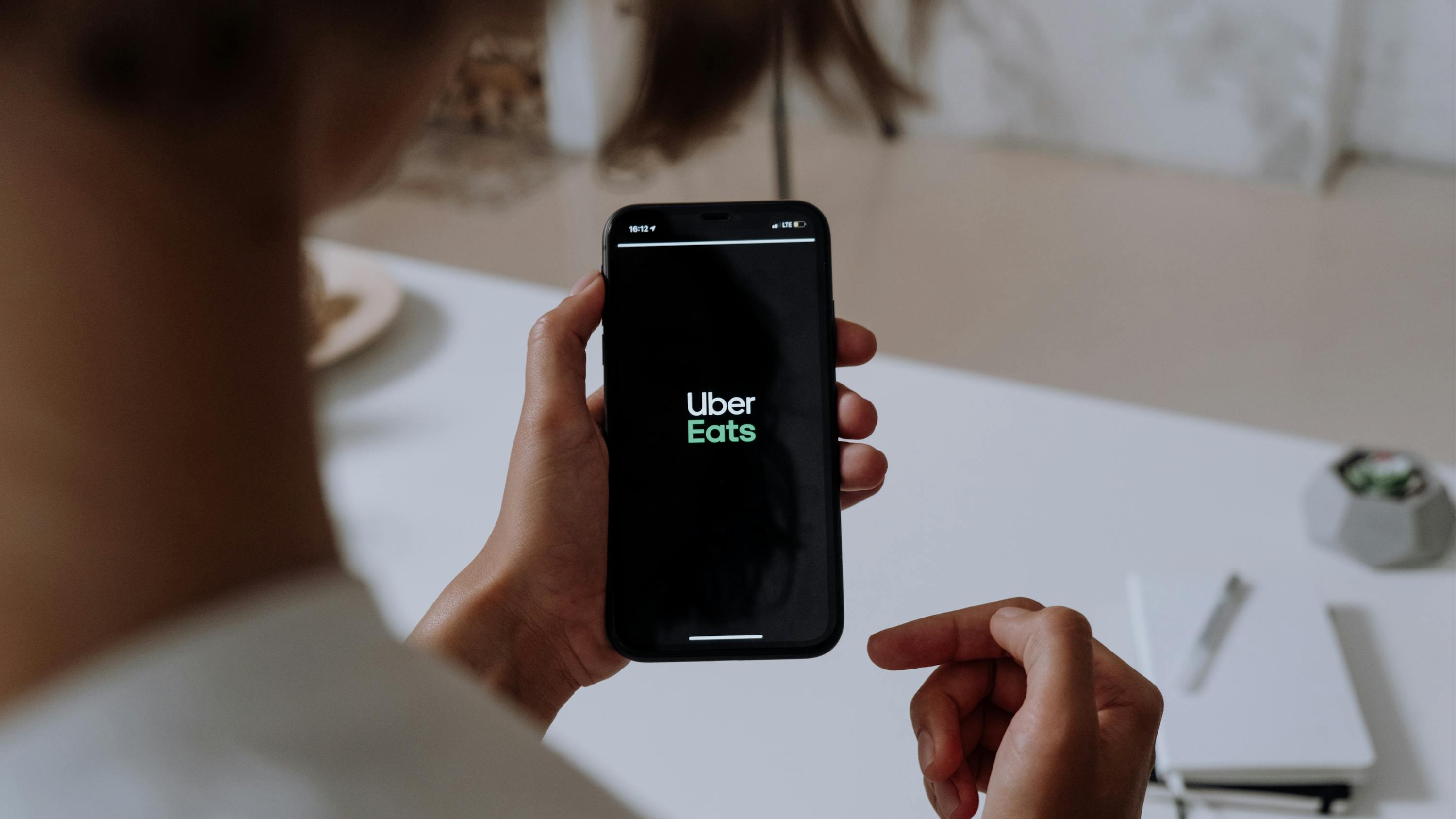
From Acquisition to Retention: The Untapped Potential of Loyalty Programs


Loyalty programs have long been a cornerstone of customer retention strategies, rewarding regular customers with incentives and benefits to encourage repeat business. These programs, ranging from simple punch cards to complex points systems, have proven effective in maintaining customer relationships and boosting customer lifetime value.
However, the potential of loyalty programs extends far beyond customer retention. Often overlooked is the opportunity these programs present for customer discovery and acquisition. A well-crafted loyalty program can serve as a magnet, drawing in new customers attracted by the promise of rewards and benefits.
In the digital age, the delivery of these programs has shifted significantly. A modern loyalty program is no longer just a physical card or a number, but a multi-channel experience that engages customers both online and offline. This digital and omni-channel approach is not just a nice-to-have feature, but a foundational element of a successful loyalty program in the 21st century.
Challenges with Traditional Loyalty Programs
Despite their potential, traditional loyalty programs are not without their challenges. Consumers often find themselves juggling multiple programs, each with its own set of rules, rewards, and redemption methods. This complexity can lead to frustration, diluting the perceived value of the benefits and potentially driving customers away.
Moreover, by focusing primarily on retention, many loyalty programs miss the opportunity to engage customers in a more meaningful way. They tend to reward repeat purchases rather than fostering a deeper connection with the brand or business. Business / customer relationships have evolved beyond the value of the transaction to include environmental and social responsibility, the halo effect of being associated with an aspirational brand, and other factors that drive the customer relationship. A narrow approach to loyalty programs overlooks the evolution of this relationship, as well as the possibility for loyalty to become a driver of acquisition.
Federated Loyalty Programs as A Solution to These Challenges
Federated loyalty programs offer a promising solution to these challenges. These programs bring together multiple businesses, allowing customers to earn and redeem rewards across a network of partners.
Consider the PAYBACK program active in Germany. In this program, customers have a single account through which they can interact with various businesses, earning points for purchases and redeeming them for a wide range of rewards.
This program addresses the challenges inherent in traditional loyalty programs by offering enhanced value to customers. It simplifies the loyalty experience, reducing the burden of managing multiple programs, and offers a more engaging customer experience by providing a wider range of earning and redemption opportunities.
In the United States, there is no direct equivalent to the PAYBACK program, but there are some similar programs. For example, the defunct AMEX Plenti program attempted a federated loyalty where rewards were pooled and could be redeemed at any participating business. This program ultimately failed and was wound down in 2018, with multiple analysts citing lack of compelling value proposition for partner businesses. Juxtapose this with Chase Ultimate Rewards, which is an active program that allows redemption of rewards with a select group of partner businesses (though it’s worth noting it is primarily “redemption-focused”). The businesses that participate are not active participants in promoting the program so it fulfills one of the goals of using loyalty as an acquisition channel, but it lacks the relationship building component that will help retain the customer acquired through that channel. Add to this the fact that the program is primarily travel/dining focused and it further demonstrates that there is still considerable opportunity in the US market to evolve the discovery and relationship-building capabilities of loyalty programs.
The Opportunity for a Centralized Loyalty Solution
There is significant potential for businesses, banks, or card networks to offer a comprehensive, centralized solution for discovering, earning, and redeeming loyalty rewards across multiple partners.
A centralized loyalty solution brings several benefits. It provides convenience, simplifying the customer experience by consolidating multiple loyalty programs into one platform. It also allows for a more streamlined user experience, reducing the friction associated with earning and redeeming rewards.
Furthermore, a centralized solution can drive increased customer engagement. By providing a single point of interaction for multiple loyalty programs, customers have more opportunities to engage with businesses and earn rewards on an ongoing basis, not just when they’ve accrued enough points to redeem for a major purchase. Smaller and more incremental rewards, regular coupon or discount offers, and other customer-to-brand-identity engagement opportunities would provide the basis for a stronger relationship and more opportunities for customers to interact with participating businesses.
Bridging The Gap to Tomorrow
The failure of Amex Plenti in 2018 and the lack of innovation in the space demonstrates that going from individual to federated loyalty programs is a difficult chasm to cross. Until a new player emerges in the federated program provider role, businesses can adopt a few of the most important principles to incorporate in their own loyalty programs today:
Make it central, make it easy. Businesses that have distinct customer experiences for their loyalty programs (separate logins, apps, or communication channels) should consolidate loyalty into their core offering. Making it easy to find and easy to use will add delight and value for customers, keeping them coming back.
Use loyalty as an acquisition engine. Everyone loves free stuff, right? Structure and promote your loyalty program in a way that makes it easy for a customer to imagine the benefits they will receive.
Provide incremental benefit to loyalists. Loyalty programs aren’t just about redeeming accrued rewards. Customers want to receive more frequent gratification, and your loyalty programs should be structured to provide this. Consider ways in which you can offer benefits more often – brand merch, access to expert information, or some other tangible benefit that delivers ongoing value.
Leveraging Rightpoint's Capabilities
Rightpoint’s strengths lie in our ability to navigate the complexities of digital transformation while keeping the human experience at the forefront. With a deep understanding of the dynamics of loyalty programs and the potential of federated loyalty solutions, we can help businesses create seamless, rewarding experiences that drive customer engagement and loyalty.
Our team of experts can build omni-channel experiences that not only cater to the ever-evolving consumer expectations but also enhance business processes and operations. We pride ourselves in delivering Total Experience, where every touchpoint, every interaction, and every moment is designed to matter.
At Rightpoint, we don't just implement technology, we use it as a tool to create meaningful connections, build stronger relationships, and drive growth. Whether it's designing a customer-centric loyalty program or implementing a centralized loyalty solution, we have the expertise and the capabilities to help businesses seize the opportunities in this evolving space and establish themselves as leaders.


